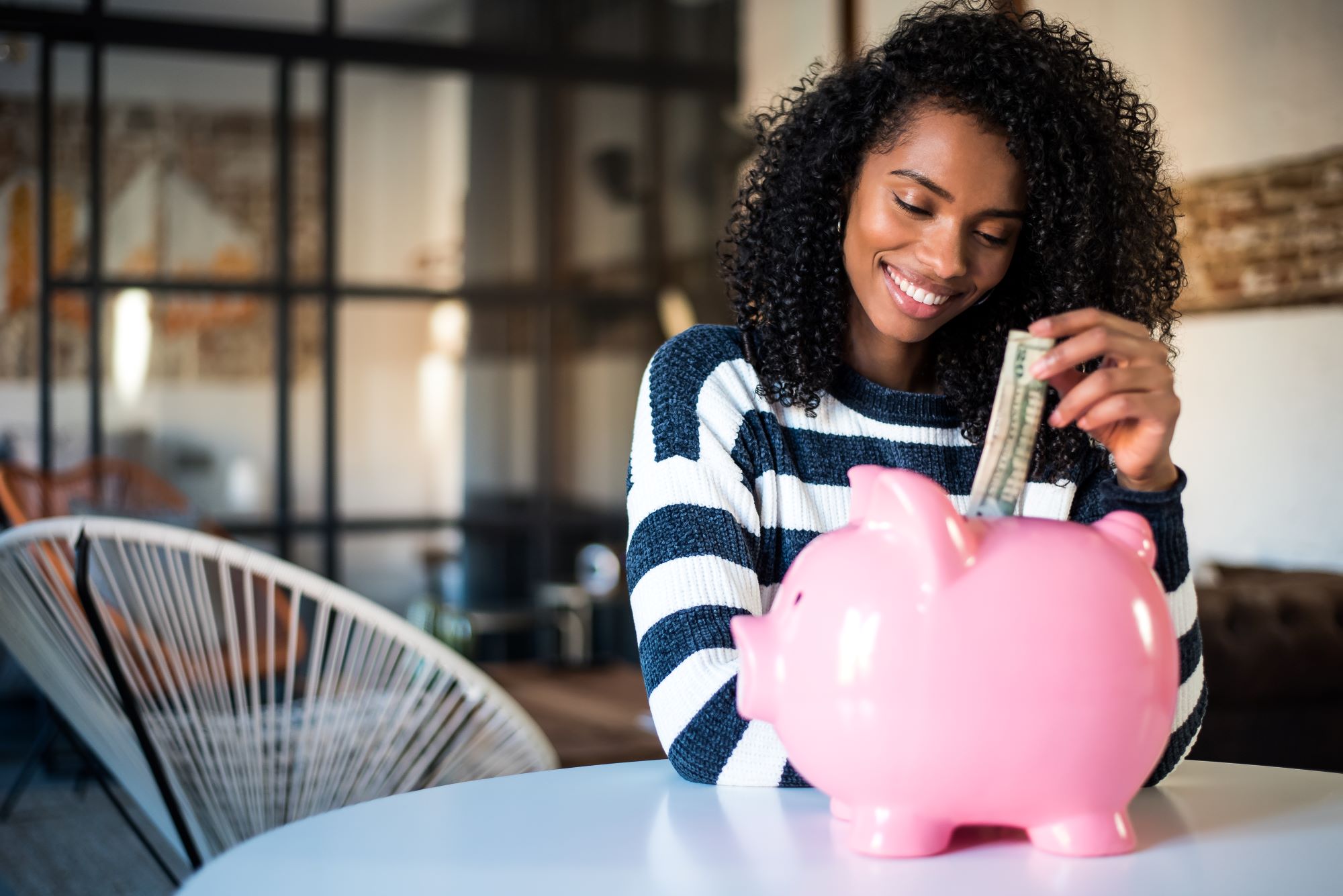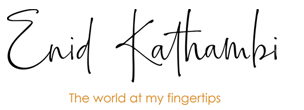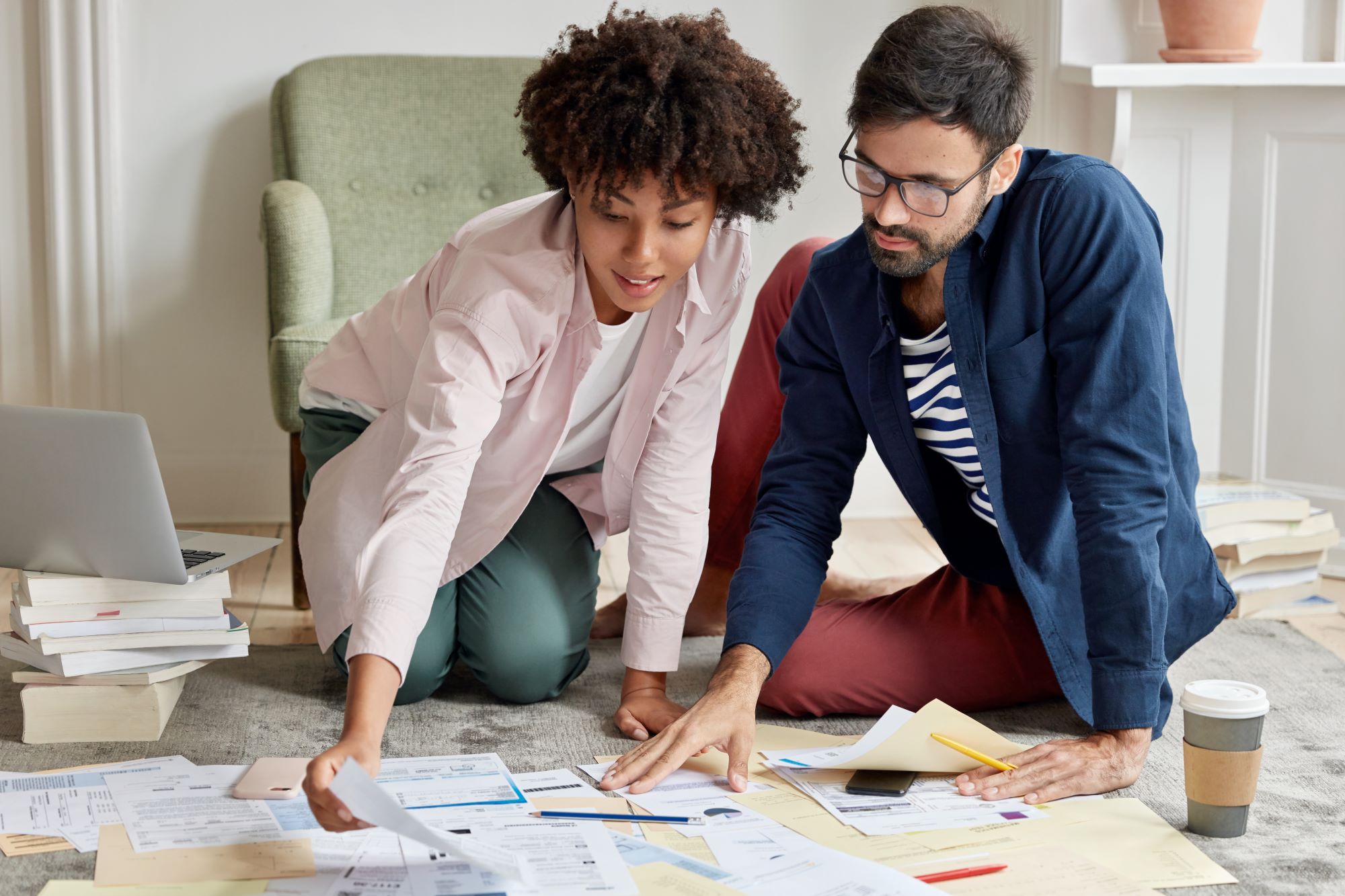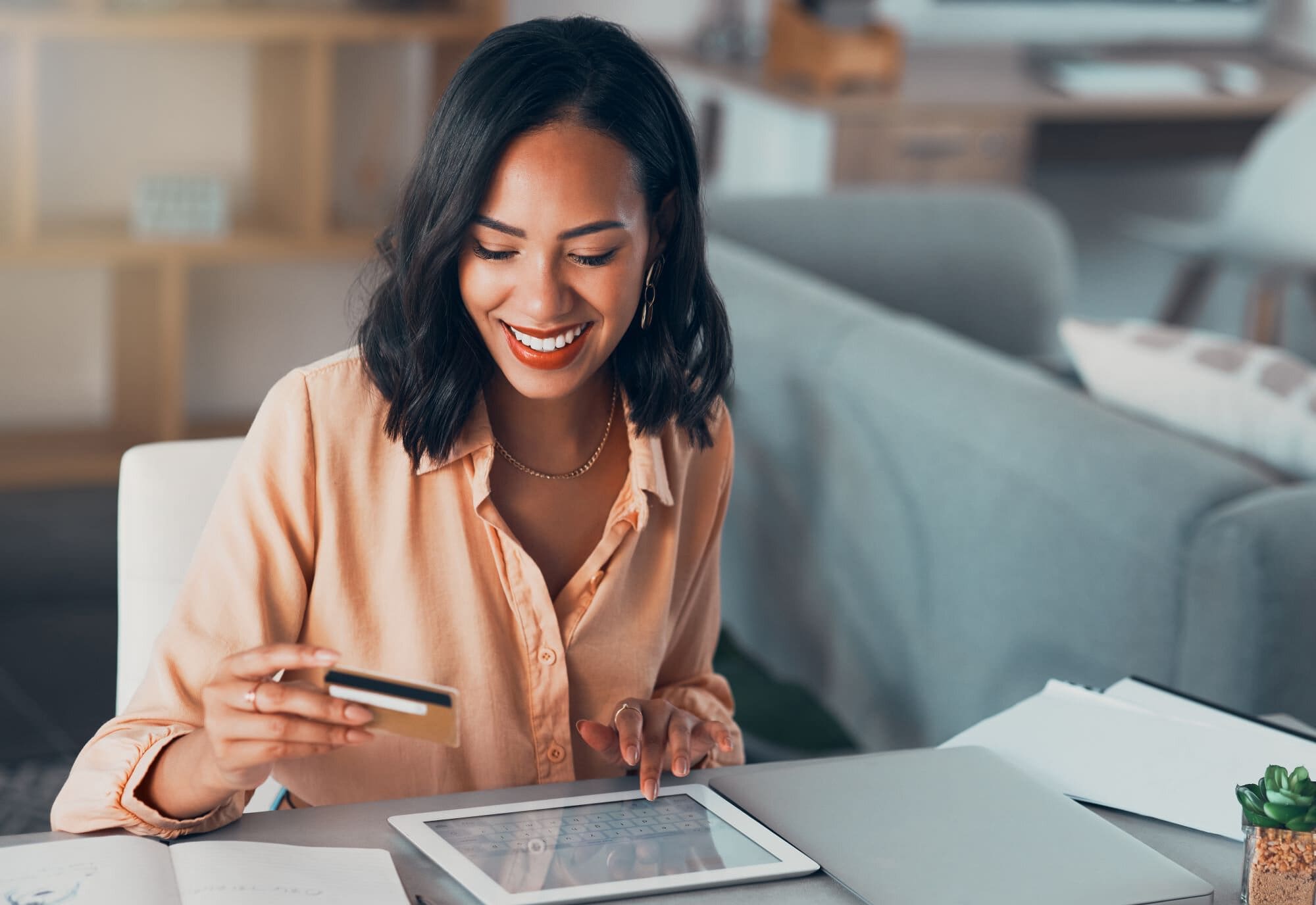
Are You Paying Yourself First? Budget Strugglers Saving Remedy
Remember when we talked about what to do if a budget isn’t working for you? If you are still struggling, here’s a method that will help improve your saving and investment habits; paying yourself first!
And it’s not just a method for people struggling with detailed budget sheets like yours truly.
If you find yourself procrastinating about saving and investing, this is for you. Or, perhaps, you really want to set money aside for your future, but you are just scared whatever is left is not enough for your bills. And when it is, all your money seems to evaporate before you save or invest.
What Does it Mean To Pay Yourself First?
First, paying yourself has nothing to do with receiving a paycheck, like at the end of the month when you can’t wait to say your salary payment hit the bank account.
It’s all about setting some money aside for your future, like growing a savings account or investing in building wealth. That means this is not a habit just for those of us who are self-employed or freelancing, but everyone else who receives a steady paycheck.
Read more about Saving vs Investing: Understanding The Differences
So, when we say to pay yourself first, we mean set money aside in savings and investments before indulging in other expenses. In fact, you should treat funds that go to your savings and investments as bills. That way, when you receive money, you channel funds into these accounts, pay bills, and whatever remains, you can spend it on your wants.
If possible, try to automate funds that go into your savings and investment accounts. For instance, you can have payments deducted from your salary by your employer. Whatever you receive will always be for the rest of the bills.
Let’s say you have a loan; you can talk to your employer and payroll accountant. When they deduct the loan payment from your salary, they will be in charge of remitting it to the bank in time. This eliminates the possibility of you forgetting to repay the loan or using up the money.
Other examples of paying yourself include:
- Saving for retirement – could be through individual pension account, employer pension schemes, and the social security system in your country.
- Building an emergency fund – have at least 6 months of living expenses in a liquid savings account.
- Managing your risks – buying the necessary insurance policies, like health, life, and home insurance covers.
- Saving for your financial goals, like significant purchases and expenses

How to Pay Yourself First
- Determine your income – first, determine how much you are earning. If you are working with a variable income, try to average it and work with that number.
- Determine your spending – if you have been keeping a detailed budget, you already know how much you spend on specific bills. If not, gather your statements and receipts for the past 3 to 6 months and put the data in excel. The goal is to have a specific figure or range of your bills for better planning. It will also enable you to figure out whether you are spending more than you’re bringing in.
- Determine how much you want to pay yourself – you can use the 50/30/20 budgeting approach, where you spend 50% of your earnings on expenses, 30% on wants, and save 20%. There is also the 80/20 strategy, where you save at least 20% and spend the other 80%. Of course, you can always revise these percentages to suit your situation.
- Have savings and investment goals – this ensures that whatever percentage you set aside is enough to meet these goals. For example, let’s say you set aside 20% for paying yourself; that means money for an emergency fund, debt payment, retirement, and other savings goals is coming out of this 20%.
- Revise and adjust – you can always adjust these figures. For instance, if you get a salary increment, you can increase the percentage of your savings first before increasing your expense allocation. Or, perhaps you borrowed money for a particular project. Then, you can reduce expenses and savings allocations for specific goals and put that money towards clearing the debt.
Related post: How To Budget on a Variable Income
Why Paying Yourself First is Important
Of course, there is the issue of improving your saving and investing habits and building the balances in these accounts. But, when you develop the habit of paying yourself first, you:
- Get peace of mind – you can rest easy knowing that you have an emergency kit for unplanned expenses. Or there are investment assets growing in balances, are saving for your future, and have insurance products to cover you when a particular risk occurs. Honestly, sometimes I look at my current bank account balance and get a mini-heart attack. But then, I remember I have savings in account A or B for specific financial goals, and I relax.
PS: Don’t let your money sit in a current bank account. Put it somewhere where it grows and beats inflation.
You can buy stocks, and bonds, invest in a mutual fund, or even put your emergency funds in MMF.
- Develop a habit – starting to save or invest is the hard part. Being consistent is even more challenging. But, when you begin to pay yourself first and make it a habit, it’ll be hard to break that habit.
- Enjoy your cup of coffee guilt-free – you might not be into coffee. Maybe you like to buy yourself a bottle of wine or whisky, some flowers, chocolates, or even take yourself out for a movie date or dinner. Once you know you have saved, set aside money for your investments, and paid your debts and necessary bills, you can spend what’s left on your wants. While with the detailed budget, you have to account for every cent, which is good; by the way, this method of paying yourself first allows you to enjoy your guilty pleasures without worrying about your ‘eating your savings’ money.
- Reduce impulse buying – if you spend your money on impulse purchases before you have the opportunity to save, paying yourself first will help. When you save first, it leaves you with less money to spend. Whatever remains, you always want to ensure you have enough necessities before spending on unplanned expenses.
Ready to start paying yourself? I hope so. Automate your savings, set standing orders, make savings and investing goals, and put money aside for these before you start spending on anything else. If you are like me and are looking for a hand-free budging system, paying yourself ensures that you set aside something for your future before splurging.






